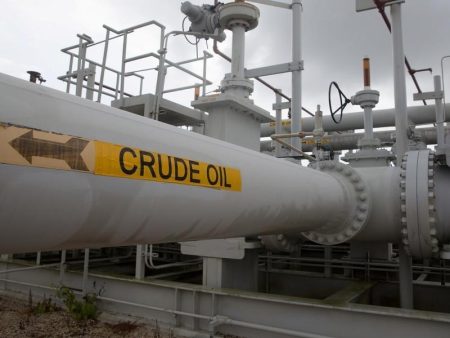The numbers: The cost of goods and services was flat in October, suggesting a further slowdown in inflation that could persuade the Federal Reserve to stop raising interest rates.
Inflation as measured by the so-called PCE price index, or personal consumption expenditures price index, was held down in part by a decline in oil prices. Still, the gauge more broadly indicated an easing in price pressures.
The increase in inflation over the past year decelerated to 3.0% from 3.4% in the prior month. That’s the lowest level since February 2021.
The more closely followed core PCE index, meanwhile, increased a touch faster in October at 0.2%. That matched the forecast of economists polled by the Wall Street Journal.
The core rate excludes food and energy and is viewed by the Fed as a better predictor of future inflation.
The increase in the core rate in the last 12 months slowed to 3.5% from 3.7% in September and touched the lowest level since the spring of 2021.
Big picture: Inflation is still running well above the Fed’s 2% goal, but senior Fed officials and an increasing number of Wall Street economists believe interest rates are high enough to hit the target in the next year or two.
Investors are also betting the Fed is done raising interest rates.
The central bank has jacked up its benchmark short-term rate to a top end of 5.5% from near zero just 18 months ago, and there’s growing evidence higher borrowing costs are finally applying the brakes to the economy.
Looking ahead: “The Fed is on hold for now, but their pivot to rate cuts is getting closer: Inflation is clearly slowing, and the job market is softening faster than expected.” said chief economist Bill Adams of Comerica Bank.
Market reaction: The Dow Jones Industrial Average
DJIA,
and S&P 500
SPX,
rose in Thursday trades.
The yield on the 10-year Treasury note
TMUBMUSD10Y,
edged up to 4.32%.
Read the full article here







